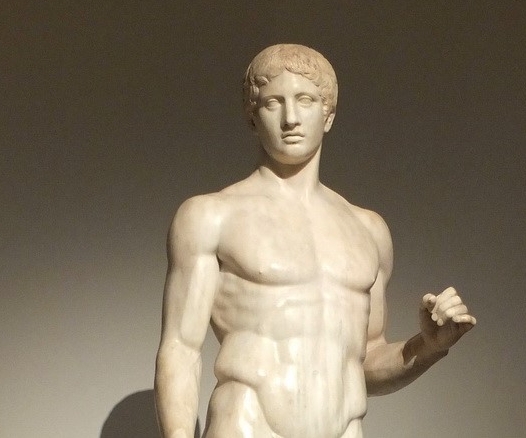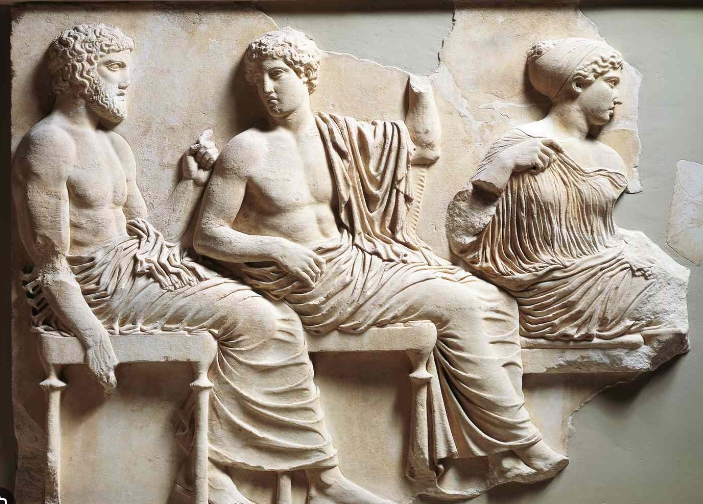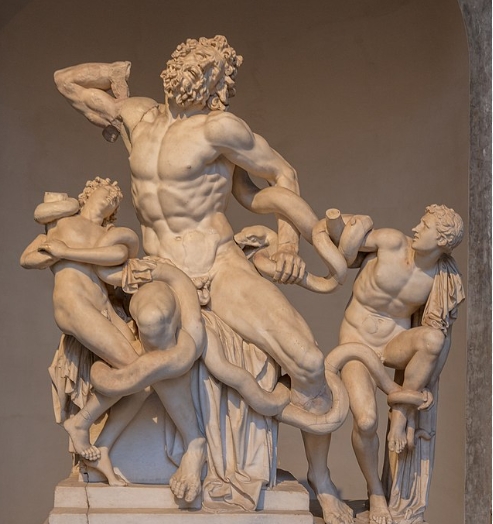Greek sculpture is one of the essences of ancient Greek culture, showing the outstanding achievements of the ancient Greeks in art and craftsmanship. Greek sculpture not only occupies an important position in art history, but also has a profound impact on the development of art in later generations. Through these sculptures, the ancient Greeks expressed their reverence for the beauty of the human form and the power of divinity.
One of the most famous features of Greek sculpture is the idealized depiction of the human body. Ancient Greek artists pursued perfect proportions and fine depiction of details, striving to show the most beautiful and harmonious form. This pursuit of beauty is particularly prominent in Muscular Greek Sculpture. Muscular Greek Sculpture usually depicts those powerful gods and heroes, such as Zeus and Hercules, whose muscle lines are carved extremely vividly, showing the perfect combination of strength and beauty.
The artists who made Greek sculpture used superb skills and innovative methods. Early sculptures were mostly fixed and rigid postures, but as the skills improved, the sculptures became more and more natural and dynamic. The famous diagonal balance (contrapposto) technique is a manifestation of this progress, making the sculpture look more vivid and realistic. This technique makes the statue seem to be in motion, giving the work vitality.
Greek sculptures cover a wide range of subjects, including mythological figures, heroic figures, and scenes from daily life. These sculptures not only show the ancient Greeks’ deep belief in mythology and religion, but also reflect their social life and values. Greek sculptures can be seen everywhere in temples, squares, and public buildings, becoming an important part of ancient Greek cities.
Greek sculpture also has important educational and commemorative significance. In ancient Greece, sculptures were used to commemorate important historical events and figures, and also to educate the public and convey moral and cultural values. For example, the sculptures of the Parthenon not only show mythological stories, but also imply praise for Athenian democracy and victory.
In short, Greek sculpture is a symbol of ancient Greek culture. Through its exquisite craftsmanship and profound connotations, it shows us the ancient Greeks’ pursuit of beauty and power. Muscular Greek Sculpture is the ultimate expression of this pursuit, showing the harmonious unity of power and beauty. These sculptures are not only artistic treasures, but also cultural heritage, forever engraved in the history of human civilization.



